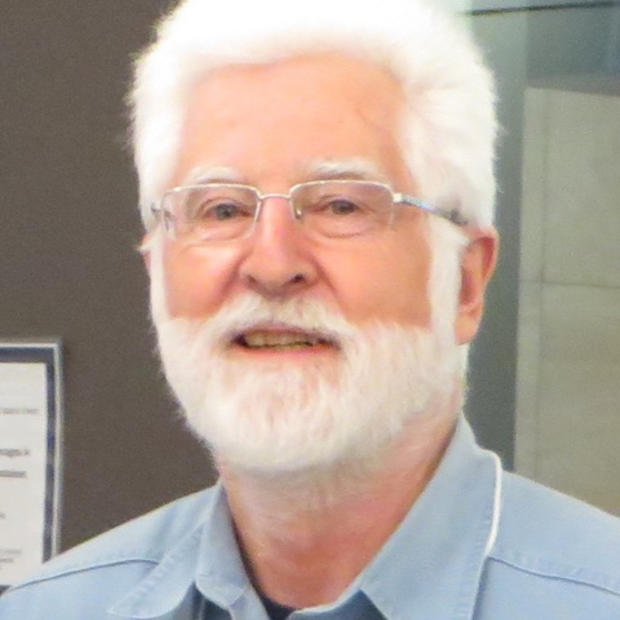We'êve got a couple mayoral candidates who profess interest in the public schools and that'ês good, however small — zero — their actual authority over schools. Their hearts are in the right place. You get the feeling they know a city owes something to its kids, has an obligation to offer its resources to help them mature and succeed.
And there is something, a really big thing, a mayor can do to give teenagers a better chance — not to mention almost certainly boost the on-time high school graduation rate from the abysmal less-than 70 percent where it'ês been parked for years.
Give them a job. Each one of them.
What happens — and it'ês been this way for a long time — is that teenagers in general and particularly high school kids from low-income families don'êt have a clue what the world of work is like. Lots of them have never even been inside an office building. Almost none has ever been on a construction job site. Despite their devotion to video games and cell phones, most don'êt know what makes the devices work. But most of all, lacking work experiences, teenagers can'êt see or imagine their futures. They can'êt see that the world has a place for them. They can'êt see the opportunity. And often they don'êt have the tools to grasp it.
Yes, there are high school kids who flip burgers and ring you up at retail. But there are many more who don'êt. Yes, kids from middle-class families have the contacts — dad'ês business, someone mom knows at her work — to get jobs so they can earn a few bucks to pay the cell bill and improve their wardrobes. But it'ês the kids without those advantages that we can most help. And helping them will change the landscape.
Here'ês where our new mayor comes in. The schools aren'êt set up to find work experiences for high school students, though considering that, they'êve done pretty well. There are quite a few 'êSchool-to-Work'ê programs, among them special tracks in various high schools for kids interested in finance, health care, computer science, communications, and the like. Thanks to close relationships they'êve established with business and industry, 'êjob shadowing'ê and even internships for a few kids can be arranged. It'ês a start. A model to work from. The schools are trying. But it'ês the new mayor who can make it all happen by bringing business, nonprofits, and government resources to the table. There are lots of small initiatives out there to bring together toward a common goal, greater than the sum of its parts. The new mayor can engineer a community commitment for jobs for high school kids — and with determination make it happen.
What work does for kids is huge. The research on School-to-Work programs consistently turns up these benefits: increase in attendance, fewer dropouts (you can'êt do better than that for a kid), fewer suspensions, better grades and higher GPAs. (Ready for college!)
Every Seattle high school student deserves a chance at work experience.
Only the mayor can bring the city together to make it happen. The mayor can lead. He can jawbone. He can say this is what we'êre going to do: We in Seattle, the businesses, governments, and nonprofit enterprises that are the economic engine of this place are all going to step up and provide every youngster in Seattle public high schools at least one year of part-time work, real work, during their four years of high school. Some of these may be unpaid internships. All should get high school credit for the experience. School officials can figure that out.
This is not going to be easy. It will take about 3,000 part-time positions every year. Businesses will balk. I was in a group convened by the Alliance for Education working on this kind of teen jobs-schools interface back before the dot-com bust. Even in those flush times there was real resistance, not just from worry that students wouldn'êt have basic job skills, but from concern they'êd be displacing adult workers. Recession will deepen that concern.
But with the leadership of a new mayor committed to making a real difference in the lives of young people, particularly in the lives of youngsters whose opportunities are limited by poverty, we should not doubt this city can do it all.
In fact, by doing this the new mayor probably will do more to increase the high school graduation rate than anything the school district has in the toolbox.
So, Mayor McMallaginn, start working on it now. You have the power to do the most amazing thing for Seattle'ês kids.


